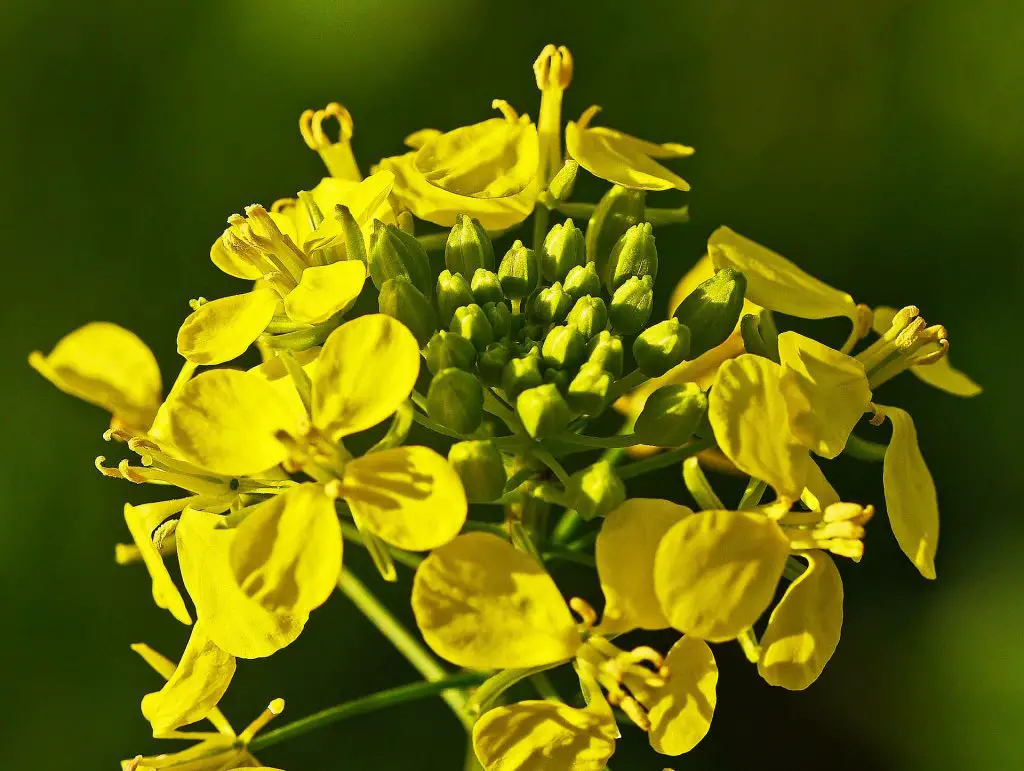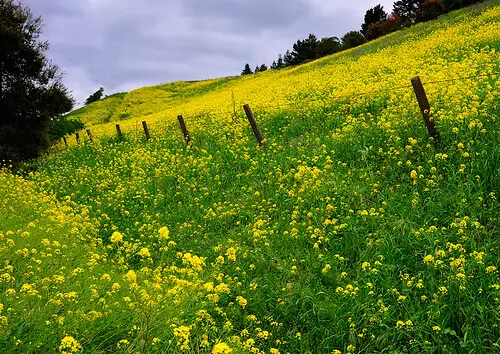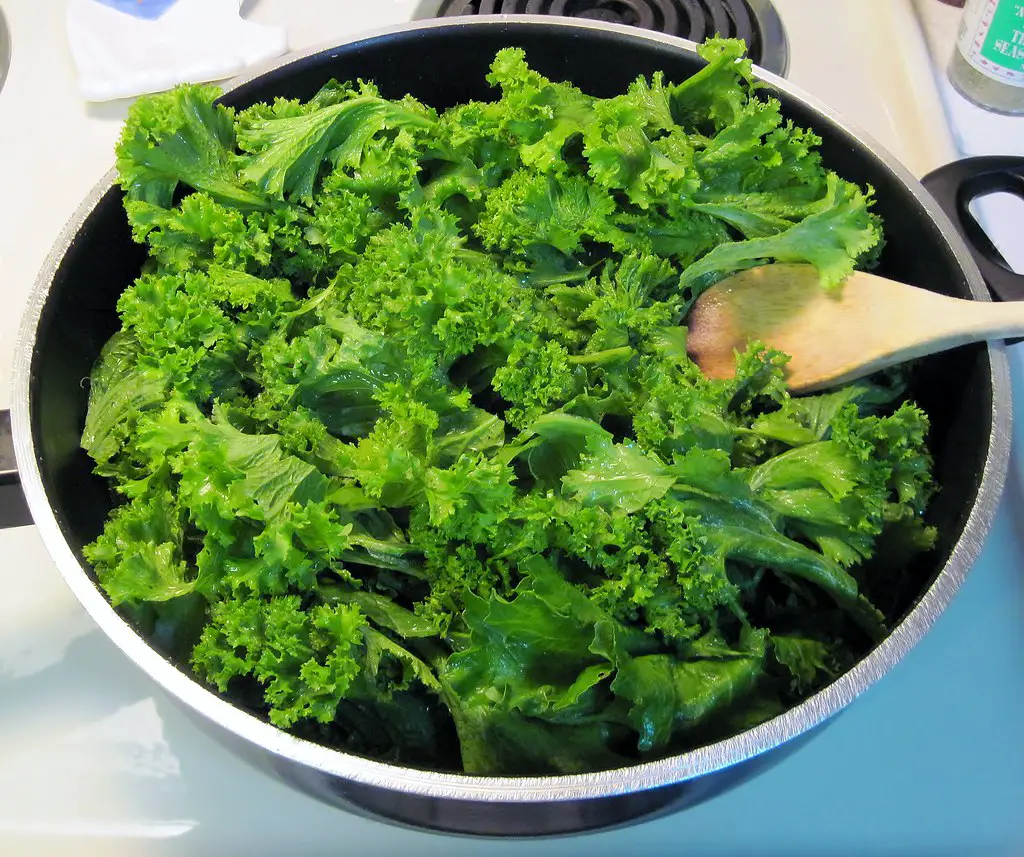Can You Plant Mustard Seeds From The Grocery Store? Mustard greens are a useful plant to grow in the garden as it can produce both greens and also seeds which are often used in pickling. However, have you ever wondered whether you can actually plant the mustard seeds purchased in the spice section of your local grocery store?
Mustard seeds purchased from the grocery store can be used to grow mustard in your garden. However, this source of seeds is not quite as reliable as purchasing mustard seeds from a seed merchant because the seeds may be old and there is a possibility that they have also been treated with chemicals to prevent germination but this generally has not been my own personal experience.
The age of the seeds can be a problem because the viability of the seeds decreases as they get older. Most literature that you read says its seeds that are greater than 5 years old in most cases are far less likely to germinate.
Additionally, the shelf life of seeds is also affected by the temperature at which they are stored. Most seed banks store seeds in sub-zero temperatures to maximize the shelf life, however, it is normally recommended that seed be stored at below 50°F (10°C) where possible. If you are taking seeds from your kitchen it is fairly likely that they would have spent much of their time at temperatures between 68°F and 77
Additionally, the shelf life of seeds is also affected by the temperature at which they are stored. Most seed banks store seeds in sub-zero temperatures to maximize the shelf life, however, it is normally recommended that seed be stored at below 50°F (10°C) where possible. If you are taking seeds from your kitchen it is fairly likely that they would have spent much of their time at temperatures between 68°F to 77°F (20 to 25°C) so the ability of the seeds to germinate is always a question.
However, I have generally found that they do germinate reasonably well in most cases but if you were concerned about this it is fairly easy to test the viability of the seeds before sowing.

How To Test The Viability Of Seeds
Testing the viability of seeds is a fairly straightforward process and can be done within a couple of days usually. The first step in this process is to moisten a paper towel ensuring that it is damp but not wet. Then place the moistened paper towelette into an airtight plastic container with a lid.
The next step is to sprinkle the mustard seeds onto the surface of the paper towel and then fold the towel over the seeds so that they are completely covered. Seal the plastic container to ensure that the moisture does not evaporate and then place the container in a warm area, 68°F (20°C) that does not get direct sunlight.
Leave the container for a few days and then inspect the seeds for any signs of sprouting. Typically sprouting will occur after 3 to 7 days, however, if you have still not seen any signs of sprouting by the 7th day, I would leave it until day 10 or 12 before checking again.
If at this stage there is no sign of any sprouting you can assume that the seeds are not viable and need to be discarded. If the seeds germinate there is no need to waste them you can transfer them into the garden and grow them on to produce your mustard plants.
How To Use Mustard Seeds To Increase The Fertility Of Your Soil
Mustard seeds are a member of the legume family along with things like peas beans and lentils. All members of the legume family have a unique characteristic of storing excess nitrogen from the air in nodules on the roots. This nitrogen is used to help the plants grow when they are alive but can also be used to increase the nitrogen levels of the soil.
This can be achieved by planting the mustard seeds or any other legumes for that matter in the soil and allowing them to grow. Once the plant develops a reasonable amount of top growth but is yet to flower it can then be dug back into the soil and left for a few weeks before planting the next crop.

The benefit of doing this is that the nitrogen stored in the root of the plant is released into the soil after the plant dies and is dug back into the soil. This will increase in the level of nitrogen helps subsequent crops to grow. It is a method that is commonly used as part of a crop rotation system to ensure that the soil remains fertile.
This process is often referred to as applying green manure to the soil because it produces green growth that fertilizes is the soil in a similar manner to animal manure.
This works particularly well if you mix things like dried peas with the mustard seed and scatter them on your garden beds as they are a much cheaper way to get green manure seed than purchasing it from a garden center.
How To Grow Mustard Greens
The mustard seeds from the spice rack can also be used to produce mustard greens which are a spicy leafy green that is extremely fast-growing. It is best planted in spring or autumn because they are the cooler months of the year which will reduce the chances of the plant bolting.
As mustard seeds are extremely easy to grow most gardeners will plant them directly into the garden rather than raising them in seed trays. They can be planted as early as two to three weeks prior to the last frost and they should ideally be planted approximately 3 inches apart at a depth of 0.5 inches (1 cm).
To make maintenance easier it is best to sow the mustard in rows that are approximately 4 inches (10 cm) apart as it will allow a dutch hoe to be used to remove any weeds. If the plants are too close together they should be thinned out to an appropriate spacing.

The mustard seeds should ideally be planted in a sunny location, however, they can also tolerate partial shade. In terms of soil conditions they can tolerate a wide variety of soil types and as such the soil does not usually require any specific preparation.
Mustard greens should be harvested when the leaves are young and tender rather than waiting for the plant to mature. As the plants a fairly short-lived it is advisable to sow fresh seed every 2 to 3 weeks to ensure that you have an ongoing supply throughout the cooler months.
Once you reach the end of spring it typically gets too hot for mustard to be grown successfully as it has a tendency to bolt very rapidly. If you really like mustard greens you can try to plant them in the shade to extend their life, however, I generally find that you are better off eating other green crops at that time of year.
I hope you found this blog useful and have great success with your mustard seed. If you have any questions or comments please leave them in the section below.
Relevant Articles
Can You Plant Coriander Seeds From The Grocery Store?
Can You Plant Fennel Seeds From The Grocery Store?
Can You Plant Peas From The Grocery Store?
Can You Grow Mint From Grocery Store Cuttings?
Can You Rosemary From Grocery Store Herbs? Is It Possible?
